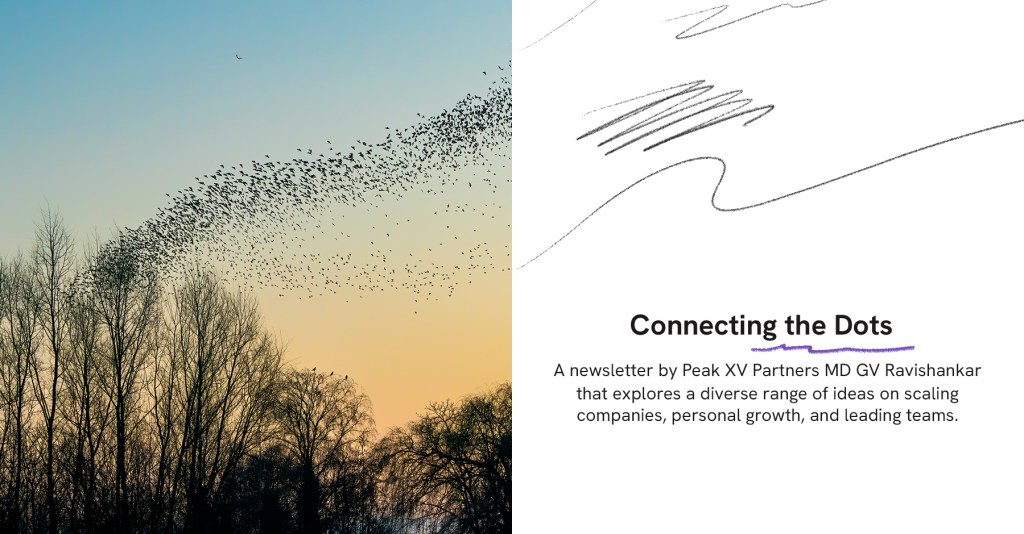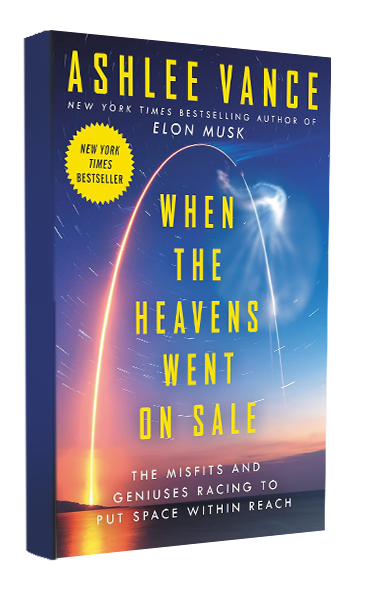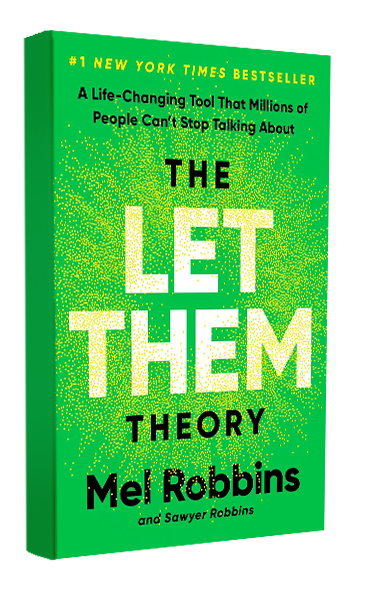Do the Hard Things First: Slay the Giant Before Swatting the Fly
ByGV Ravishankar
PublishedMarch 27, 2025
The principle of tackling hard tasks first is widespread—this strategy isn’t a fluke.
I recently watched a video on Instagram that got me curious. Ten balls were arranged in a straight line, one behind the other, maybe a meter or two apart. Two boys were racing to collect and place the balls in a basket kept in front of the first ball. The boy who finished first by putting all 10 balls into the basket won. One boy started with the closest balls, making the task progressively harder. The other boy, however, chose to tackle the hardest balls first – the farthest ones. The boy who took the tougher route won the race. In theory, both ran the same distance and collected the same number of balls. Assuming they both had equal speed and energy, the outcome seemed a bit surprising, yet it appealed to me.
It got me thinking about my childhood. I was that odd kid who ate the spinach first before touching my favorite items on the plate. I didn’t enjoy spinach, but I quickly learned that if I handled the worst part of the meal first, everything else would be easier. I was curious if there was real science behind the outcome observed and my own experience.
The psychology behind this habit, unbeknownst to me at the time, turns out to be quite profound – start with the hardest task, and the rest of the day will feel like smooth sailing.
The ubiquity of the ‘hard-first’ approach
The principle of tackling hard tasks first is widespread. Many athletes train in the toughest conditions before a major competition, writers start with the most difficult chapters of their books, and business leaders make tough decisions early in the day or year. This strategy isn’t just a fluke – it works because of how we’re wired, and it’s something that I have come to embrace in my own routine.
For example, I’ve made it a habit to go to the gym first thing in the morning. Workouts are hard because they feel painful and exhausting while you are doing them, but by getting them done first, I set myself up for a more productive and energized day. That small victory early on gives me the momentum I need to tackle everything else.
In the world of sports, the phrase “train hard, race easy” is often used. Professional athletes push themselves through grueling training in the early hours of the morning, long before the competition begins. Basketball legend Kobe Bryant was known for his 4 a.m. workouts. By tackling the hardest part of his training day first, he was physically and mentally prepared for whatever came later. This “hard-first” approach helped him build stamina, strength, and confidence that carried him through his career.
Writers often face a similar challenge: the hardest part of writing a book can be the first chapter or the most complex scenes. Many authors, including Stephen King and J.K. Rowling, have stated that they dive into the most difficult parts of their writing process first. By addressing the hardest chapter or plot twist early on, they build momentum for the rest of the book. Starting with the toughest challenge frees their creativity for the easier sections that follow.
In the business world, effective leaders understand the importance of tackling difficult decisions early. Jeff Bezos famously schedules his toughest meetings and decisions for 10 a.m., when his mind is at its freshest. CEOs often tackle major company changes or difficult decisions in the first quarter of the year, clearing the way for the rest of the year to focus on execution and growth. This proactive, hard-first mentality helps them avoid procrastination and ensures that critical issues are addressed without delay.

Psychology of ‘hard-first’ tasking
So why does this “hard-first” strategy work so well? The answer lies in a few well-established psychological principles that explain how our brains function when we face tasks.
Lithuanian-Soviet psychologist Bluma Zeigarnik observed that people are often mentally preoccupied with tasks they haven’t finished. The Zeigarnik effect says that the longer you delay a difficult task, the more it lingers in your mind, adding stress and distracting you from other activities. This is certainly true for me! If I get the hardest task done first, I free my mind from this nagging thought. We clear up valuable cognitive space, leaving us more focused and less mentally burdened.
Another reason why doing the hard stuff first is effective has to do with ego depletion or willpower depletion. You can forgive yourself for reaching for dessert at night. Research has shown that willpower is a limited resource. It’s strongest at the beginning of the day, when you’re rested, and it depletes as you make decisions and resist temptations throughout the day. If you tackle your hardest task when your willpower is at its peak, you’re using your best mental energy for the most important work.
If you give yourself all day to complete a task, it’s likely to take all day – even if it doesn’t need to. That’s how Parkinson’s law works—work expands to fill the time available. By starting with the hard task, you prevent this “work expansion” and get it done quicker than expected, leaving the rest of the day less stressful.
Finally, completing a tough task gives you a sense of accomplishment and relief, which can fuel you for the rest of the day. Psychologists call this motivational momentum. When you finish the hardest task early, you’re more likely to continue working on the next thing because of the motivational boost you get from the first victory. This leads to a more productive, energizing day.
Putting this into action
Now that we understand why tackling hard tasks first is effective, here’s a simple framework for making this approach work for you:
- Brain dump and identify the hardest task
Start by writing down everything you need to do, whether it’s today or this week. Once everything is out of your head, identify the hardest or most important task on the list. This is your “frog” – the task you’ve been putting off. Make it your priority to tackle this one first. - Tackle the hardest task
Dive into the toughest task. Make sure you give it your full attention and energy. It might be uncomfortable at first, but remember, the sooner you finish it, the better you’ll feel. Use your best mental energy – which is highest in the morning for most people – to get this done. Keep the first hour of the day free to do this instead of loading it with business-as-usual meetings. - Leverage momentum
Once the hard task is completed, enjoy the sense of accomplishment. This will provide a motivational boost, giving you the energy and confidence to tackle other tasks more easily. You’ve already overcome the biggest hurdle, so everything else will seem more manageable. - Finish strong
As you wrap up your day, tackle any remaining tasks that are easy or satisfying to finish. This helps create a sense of completion and allows you to end the day on a positive note. Reflect on what you’ve accomplished, and set yourself up for tomorrow by identifying the hardest task to tackle first again.
Starting with the hardest tasks isn’t always easy, but the benefits are clear. It frees up mental space, conserves your willpower, prevents procrastination, and gives you a sense of accomplishment early on. By adopting a hard-first mindset, you can increase productivity, reduce stress, and finish your day feeling empowered. To practice what I preach, here is a note to myself: Get the newsletter out as early in the month as possible!
So, tomorrow morning, take a deep breath, and dive into that tough task first. You’ll be amazed at how much more you can achieve when you slay the giant before swatting the flies.
“People are often mentally preoccupied with tasks they haven’t finished. The longer you delay a difficult task, the more it lingers in your mind, adding stress and distracting you from other activities.”
Recommended Reads
Three articles I found interesting:
- This article reports that cancer cells can disable immune cells by transferring defective mitochondria, hindering the body’s ability to fight tumors. However, identifying and understanding this process could help in the fight against cancer. There is still so much we have yet to discover!
- Seeds exhibit an amazing ability to orient their growth even before emerging from the soil—the shoots grow upward toward light, and the roots grow downward through a unique sensing ability (gravitropism). The mechanism was understood only about 200 years ago. I’ve recommended the book ‘The Hidden Lives of Trees‘ before—it always amazes me how much intelligence exists in these life forms!
- This article explores the need for fresh, innovative approaches to how corporate boards should operate and be evaluated. Most founders think of boards as overheads but a well-functioning board can truly help a company and protect founders from risks that they don’t see due to being too close to operations.
If you have time for longer reads:

When the Heavens Went on Sale by Ashlee Vance
A deep dive into the Wild West of new space companies, Ashlee Vance’s book profiles the misfits and visionaries behind four pioneering companies—Astra, Firefly, Planet Labs, and Rocket Lab. It showcases the dynamic, colorful, and often chaotic reality of the emerging industry that aims to monetize low Earth orbit. Thanks to Anirudh Sharma of Digantara for the recommendation.

The Let Them Theory by Mel Robbins and Sawyer Robbins
Mel Robbins’ latest book is a guide to breaking the cycle of overthinking and pushing past obstacles to take action. Through relatable stories, the book’s ideas echo timeless wisdom: accept what you can’t change, take control of what you can, and make decisions based on ground reality. “Let Them, Let Me” has become a nice way to think about life these days!
Do write in at gv@peakxv.com if my interests intersect with yours! Click here to read more articles on Peak XV’s blog. For more editions of Connecting the Dots, click here. I’m also on LinkedIn and Twitter.